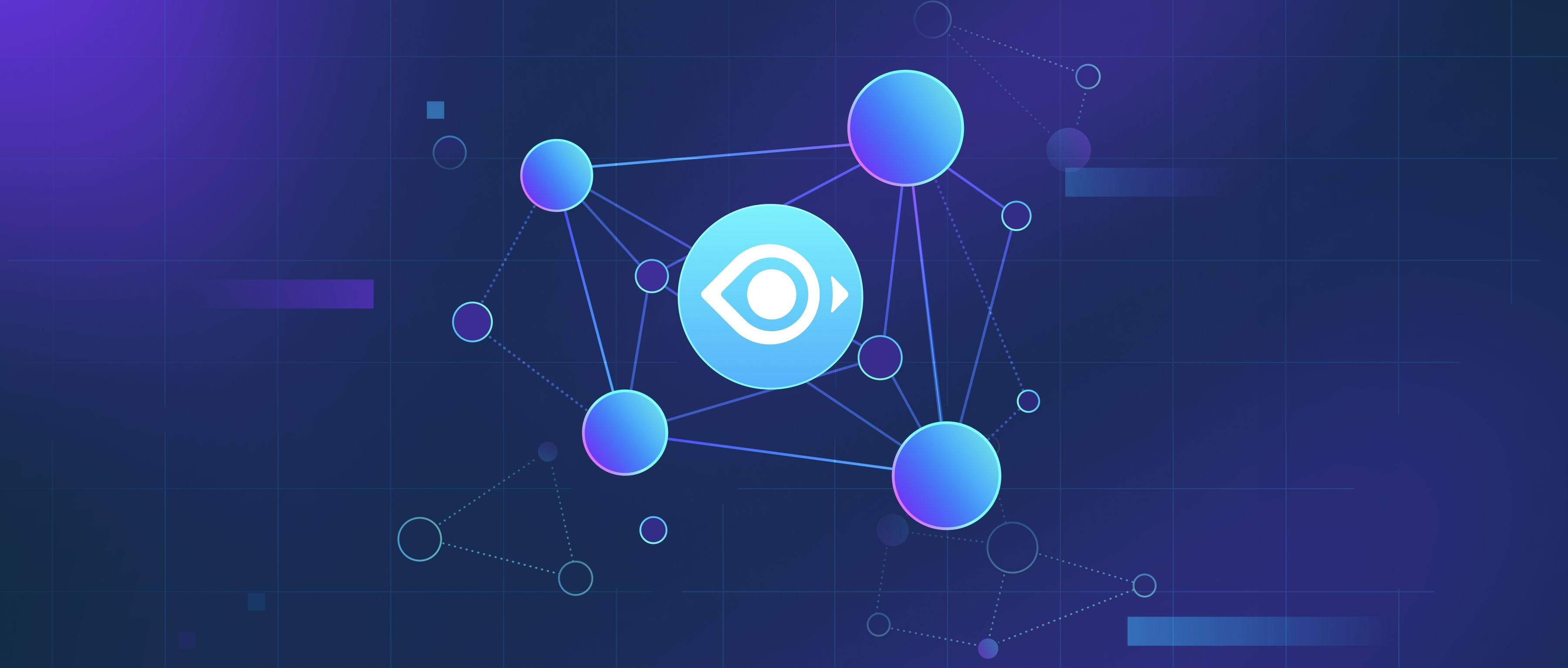The K-Nearest Neighbors (KNN) algorithm can be used for image segmentation by classifying each pixel in an image based on its feature values. Features can include pixel intensity, color, texture, or even spatial information like pixel coordinates. To apply KNN, prepare a dataset of labeled pixels where each pixel’s features and class (segment) are known. During segmentation, each pixel in the image is assigned to the class most common among its K-nearest neighbors in the feature space. Preprocessing is critical for KNN-based segmentation. Normalize the pixel features to ensure all attributes contribute equally to distance calculations. Use a distance metric like Euclidean distance to measure similarity between pixel features. For images with complex patterns, including additional features like texture descriptors or output from convolutional layers of a neural network can improve segmentation accuracy. While KNN is simple and effective for small-scale problems, it has limitations for high-dimensional data, such as computational inefficiency and sensitivity to irrelevant features. It also struggles with boundary accuracy in complex segmentation tasks. Despite these drawbacks, KNN is a useful baseline method and is particularly suitable for teaching or prototype development before moving to more advanced algorithms like U-Net or Mask R-CNN.
How will the KNN algorithm work for image segmentation?

- Natural Language Processing (NLP) Advanced Guide
- Exploring Vector Database Use Cases
- Retrieval Augmented Generation (RAG) 101
- Information Retrieval 101
- Getting Started with Milvus
- All learn series →
Recommended AI Learn Series
VectorDB for GenAI Apps
Zilliz Cloud is a managed vector database perfect for building GenAI applications.
Try Zilliz Cloud for FreeKeep Reading
What is a distributed ACID-compliant database?
A distributed ACID-compliant database is a type of database system that operates across multiple servers or locations wh
How does anomaly detection handle multivariate data?
Anomaly detection in multivariate data involves identifying unusual patterns that deviate from expected behavior when mu
How do AI agents handle uncertainty?
AI agents handle uncertainty by using various methods to make decisions and predictions despite lacking complete informa